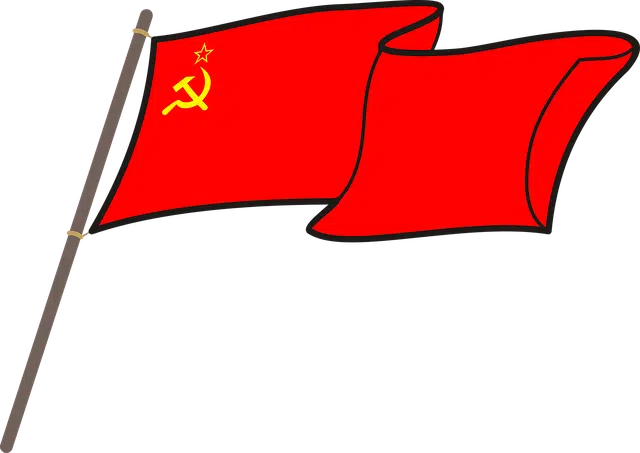
With the fall of the Union of Soviet Socialist Republics (USSR), different countries experienced a transition from communism to capitalism.
Transition , from the Latin transitĭo , is the action and effect of moving from one state to another. The concept implies a change in a way of being or being . It is generally understood as a process with a certain extension over time.
The transition represents a kind of non-permanent stage between two states. For example, we speak of political transition to refer to the successive stages experienced in a country during the change from one system to another.
Transition to democracy
Reference can be made to the transition to democracy when a military regime comes to an end and democratic life begins to develop. In this type of transition, it is common for elements of both regimes to coexist in the first moments (there may be free elections although the judges appointed by the dictatorship remain, among other similar situations).
In this sense we could establish that one of the most important historical stages of Spain is precisely the so-called Transition. During that period, the transition took place from what was a dictatorial regime, headed by General Francisco Franco, to a democracy as such.
His death, on November 20, 1975, is what is established as the starting point of this aforementioned transition. A king, Juan Carlos I of Borbón, settled there; A President of the Government (Adolfo Suárez) was chosen, a Law for Political Reform was approved and democratic elections were held on June 15, 1977.
In addition to all this, it must be emphasized that one of the fundamental pillars of this historical period was the drafting and subsequent approval, by referendum, of the 1978 Constitution. A Magna Carta that, among other things, supported a social and democratic State of Right.
Without forgetting either that another of the most notable moments of this transition was when on February 23, 1981, the Congress of Deputies was the scene of a Coup d'état with the Civil Guard Antonio Tejero at the front. The Spaniards once again feared that a dictatorial regime would return, but the splendid performance of the monarch and certain leaders of the country prevented that action from going ahead .

A visual effect that allows you to move from one slide to another is called a transition.
From feudalism and communism to capitalism
At the economic level, there are also different transitions. The transition from feudalism to capitalism is the phase of historical development that involves the disappearance of fiefdoms and the establishment of the capitalist regime. The transition to capitalism also took place when former communist countries adopted capitalism after the fall of the Union of Soviet Socialist Republics (USSR) .
In the case of the adoption of communism , the transition is usually more drastic. That is why we usually talk about revolution (as in the case of Cuba ) and it is associated with an almost immediate establishment of the new regime.
Transition as a visual effect
In image processing, finally, the transition is a special effect that is used to make a slide appear and replace the one shown at a certain moment or on a black background.
There are many transitions of this type that exist and they must be used in the most convenient way to ensure that an audiovisual montage achieves the desired impact and continuity.
